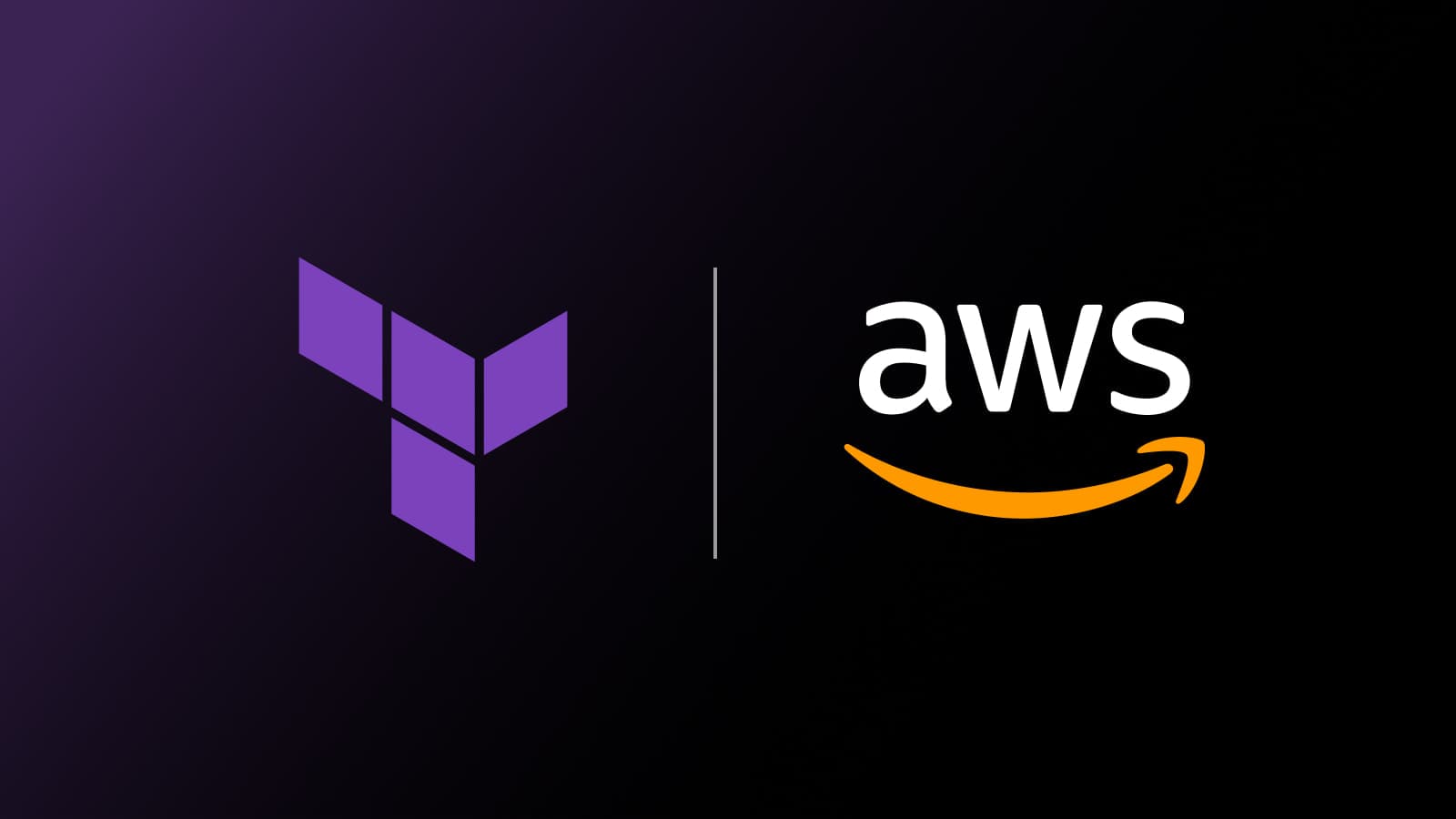HashiCorp Terraform
Today we announce Terraform, a tool for safely and efficiently building, combining, and launching infrastructure. From physical servers to containers to SaaS products, Terraform is able to create and compose all the components necessary to run any service or application.
With Terraform, you describe your complete infrastructure as code, even as it spans multiple service providers. Your servers may come from AWS, your DNS may come from CloudFlare, and your database may come from Heroku. Terraform will build all these resources across all these providers in parallel.
Terraform codifies knowledge about your infrastructure unlike any other tool before, and provides the workflow and tooling for safely changing and updating infrastructure.
We're excited to release Terraform today. The possibilities with Terraform are deep and what we have for you today is just the beginning.
Read on to learn more.
»How it Works
This brief explanation of how Terraform is used and operated will show how simple and powerful Terraform is. Many technical details are omitted on purpose since they're covered in detail in the complete documentation.
Terraform is configured using a high-level, expressive configuration syntax to describe the resources that make up your infrastructure. An example of this configuration is shown below:
resource "digitalocean_droplet" "web" {
name = "tf-web"
size = "512mb"
image = "centos-5-8-x32"
region = "sfo1"
}
resource "dnsimple_record" "hello" {
domain = "example.com"
name = "test"
value = "${digitalocean_droplet.web.ipv4_address}"
type = "A"
}
The configuration is declarative, and Terraform automatically infers dependencies and uses this information to parallelize the creation of your infrastructure as much as possible.
This example also shows how Terraform combines resources from multiple services providers: we created a DigitalOcean Droplet and then used the IP address of that droplet to add a DNS record to DNSimple. This sort of infrastructure composition from code is new and extremely powerful.
Building this infrastructure is just a terraform apply away:
$ terraform apply
digitalocean\_droplet.web: Creating...
image: "" => "centos-5-8-x32"
name: "" => "tf-web"
region: "" => "sfo1"
size: "" => "512mb"
digitalocean\_droplet.web: Creation complete
dnsimple\_record.hello: Creating...
domain: "" => "example.com"
name: "" => "test"
type: "" => "A"
value: "" => "104.131.142.132"
dnsimple\_record.hello: Creation complete
Apply complete! Resources: 2 added, 0 changed, 0 destroyed.
»Safely Iterating with Execution Plans
Terraform has a feature that is critical for safely iterating infrastructure: execution plans. Execution plans show you what changes Terraform plans on making to your infrastructure. These plans can then be saved and applied, ensuring Terraform will only execute what is in the plan.
As a result, you know exactly what Terraform will do to your infrastructure to reach your desired state, and you can feel confident that Terraform won't surprise you in unexpected ways.
For example, after creating the example above, we can change the size of the DigitalOcean Droplet, and see what Terraform would do. The ~ before the Droplet means that Terraform will update the resource in-place, instead of destroying or recreating.
$ terraform plan
~ digitalocean\_droplet.web
size: "512mb" => "1gb"
Terraform is the first tool to have this feature of the tools which can be considered similar to Terraform, and its a feature we consider necessary when making changes to real systems.
»Incredible Possibilities
Terraform is capable of so much more than is immediately visible on the surface. Historically, tools similar to Terraform have only dealt with creating low-level compute, storage, and networking resources. But because Terraform can bridge the gap between multiple service providers, Terraform can do a lot better.
In the example below, we use Terraform to describe all the components necessary to run an application on Heroku, including Heroku addons, application configuration, and DNS entries. Imagine cloning a service from version control, running terraform apply, and having everything you need to deploy your application ready to go. Terraform does this.
resource "heroku\_app" "web" {
name = "terraform-www"
config\_vars {
GITHUB\_TOKEN = "TOKEN"
TF\_VERSION = "0.1"
}
}
resource "heroku\_domain" "web" {
app = "${heroku\_app.web.name}"
hostname = "www.terraform.io"
}
resource "heroku\_addon" "webhooks" {
app = "${heroku\_app.web.name}"
plan = "deployhooks:http"
config {
url = "http://hooks.hashicorp.com/heroku"
}
}
The above is actually the Terraform configuration we used to build and launch the official Terraform website.
»HashiCorp Built
At HashiCorp, we build solutions to DevOps problems that are technically sound and are a joy to use. We don't take shortcuts with the technologies we choose, and just as importantly we don't take shortcuts in the experience of using and operating our tools. Terraform is no different.
Terraform is the fifth such tool we've built. Previously, we've built Vagrant, Packer, Serf, and Consul. Terraform works great with our other tools, but doesn't require the use of any of them.
»Learn More
To learn more about Terraform, please visit the Terraform website. The following pages in particular are good next steps:
-
Intro - The intro section explains in more detail what Terraform is, how it works, and includes a brief getting started guide so you can quickly play with Terraform on your own machine to see just how easy it is to use.
-
Comparison to other software - If you'd like to know how Terraform is different from similar tools out there, take a look at this page where we go into detail on the differences.
-
GitHub - The source code for Terraform is hosted on GitHub here if you want to dive right in. We recommend reading the documentation before diving into code, since an understanding of how Terraform works will help greatly in understanding the implementation.
Sign up for the latest HashiCorp news
More blog posts like this one

AWS and AWSCC Terraform providers: Better together
Manage your cloud infrastructure with the AWS and AWSCC Terraform providers and view strategies on how to move state between providers.

Protect data privacy in Amazon Bedrock with Vault
This demo shows how Vault transit secrets engine protects data used for RAG in an Amazon Bedrock Knowledge Base created by Terraform.

Preventative beats reactive: Modern risk management for infrastructure vulnerabilities
Vulnerability scanning is a last line of defense. Your first line should be preventative risk management strategies that shift security left and narrow the window for exploits.